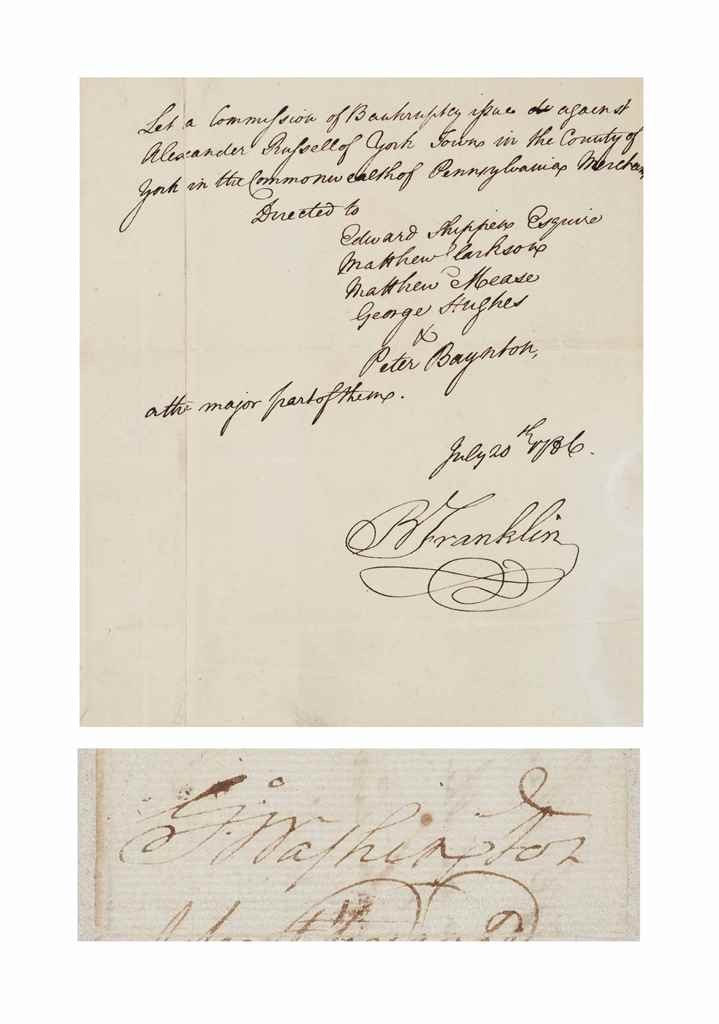Articles by Robert Goddard on rocketry and space flight Author: Goddard, Robert H. Place: New York Publisher: Scientific American Date: 1920-1921 Description: “A Method of Reaching Extreme Altitudes.” Scientific American Monthly, February 1920: pp. 99-107. Complete issue of 95 pp. Illustrated. 9x12”, original wrappers. First condensed summary of the full Smithsonian Miscellaneous Collections printing of 1919. With introductory editorial note, “A Rocket That Will Carry To the Moon”. "That Moon-Rocket Proposition - Refutation of Some Popular Fallacies." Scientific American, February 26, 1921: pg. 166. Complete issue. 11x13½", original illustrated wrappers. Also includes: “Projectile from the Moon,” Scientific American Monthly, April 1920. Complete issue in original wrappers. Early in 1920, the Smithsonian Institution published a 69 pg. paper by Robert Goddard, then an unknown Massachusetts physicist. Now considered a cornerstone of modern scientific writing, that first American practical proposal for interplanetary travel by rocket, made Goddard, together with Russian the Tsiolkovsky, the German Oberth, and Frenchman Esnault-Pelterie, one of the “Fathers of Space Travel." Weeks after initial publication of the monograph, a summary of the paper appeared in Scientific American which included his theory of escaping the earth’s gravity could be proven by aiming a rocket carrying flash powder “to strike the dark surface of the moon”. This subjected him to ridicule in the popular press. Goddard responded to critics with a letter to the editor of Scientific American “in refutation of some Popular Fallacies” about his theories and experiments. He spent the next twenty years working in secretive seclusion to perfect his rocketry technology, while slowly gaining a scientific repute which brought his work to the attention of Charles Lindbergh and Harry Guggenheim. Lot Amendments Condition: Moderate wear and soiling; good. Item number: 319644
Articles by Robert Goddard on rocketry and space flight Author: Goddard, Robert H. Place: New York Publisher: Scientific American Date: 1920-1921 Description: “A Method of Reaching Extreme Altitudes.” Scientific American Monthly, February 1920: pp. 99-107. Complete issue of 95 pp. Illustrated. 9x12”, original wrappers. First condensed summary of the full Smithsonian Miscellaneous Collections printing of 1919. With introductory editorial note, “A Rocket That Will Carry To the Moon”. "That Moon-Rocket Proposition - Refutation of Some Popular Fallacies." Scientific American, February 26, 1921: pg. 166. Complete issue. 11x13½", original illustrated wrappers. Also includes: “Projectile from the Moon,” Scientific American Monthly, April 1920. Complete issue in original wrappers. Early in 1920, the Smithsonian Institution published a 69 pg. paper by Robert Goddard, then an unknown Massachusetts physicist. Now considered a cornerstone of modern scientific writing, that first American practical proposal for interplanetary travel by rocket, made Goddard, together with Russian the Tsiolkovsky, the German Oberth, and Frenchman Esnault-Pelterie, one of the “Fathers of Space Travel." Weeks after initial publication of the monograph, a summary of the paper appeared in Scientific American which included his theory of escaping the earth’s gravity could be proven by aiming a rocket carrying flash powder “to strike the dark surface of the moon”. This subjected him to ridicule in the popular press. Goddard responded to critics with a letter to the editor of Scientific American “in refutation of some Popular Fallacies” about his theories and experiments. He spent the next twenty years working in secretive seclusion to perfect his rocketry technology, while slowly gaining a scientific repute which brought his work to the attention of Charles Lindbergh and Harry Guggenheim. Lot Amendments Condition: Moderate wear and soiling; good. Item number: 319644









Try LotSearch and its premium features for 7 days - without any costs!
Be notified automatically about new items in upcoming auctions.
Create an alert